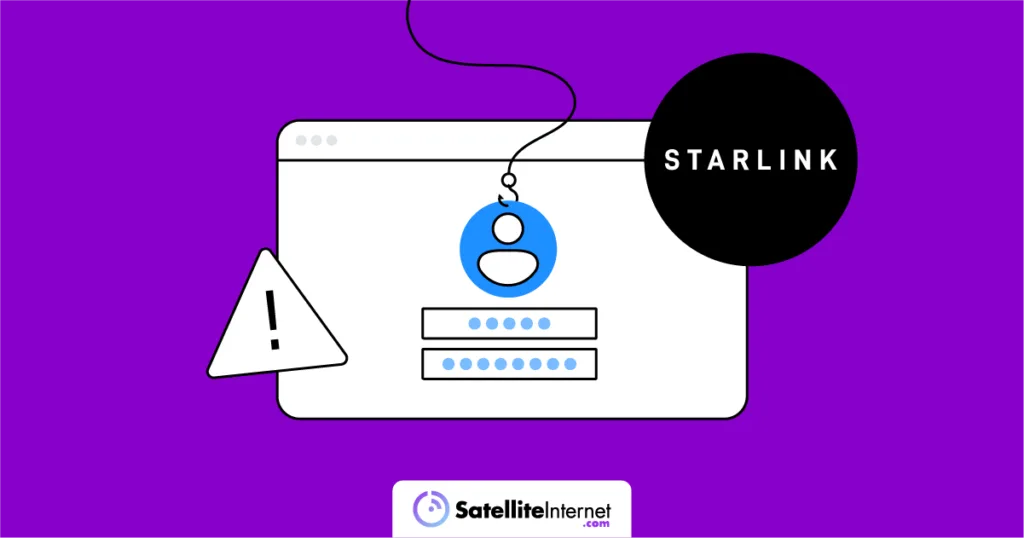Starlink customers are spreading the word about alleged scammers contacting them and pretending to be official Starlink support. Reddit, Facebook, and other social media users posted an email they received from a sender claiming to be with Starlink.
It’s an excellent reminder to current Starlink customers and other internet customers that they should familiarize themselves with phishing scams and how to avoid stealing their private information. With Starlink's popularity and customer base increasing, scammers would inevitably want to take advantage of shoppers and customers who hastily react to phishing emails or don’t know any better.
The message claimed that the customer’s payment method was accidentally deleted and requested they follow a link to update it.
“Your registered payment method has been deleted due to incorrect data we had on file, you must now renew your information to avoid late payment fees. To promptly resolve this issue, please log in below. Log in here. Starlink Team 2024”
An eagle-eyed customer didn’t click the link and quickly recognized it as a scam attempt.
“Received this email today, obvious scam, but some people may be fooled. Just wanted to make everyone aware,” the customer wrote.
The email had a Starlink graphic, but the email address wasn’t from a Starlink.com domain, though the sender labeled it as being from Starlink. Most support emails that customers receive are from “no-reply@starlink.com.”
